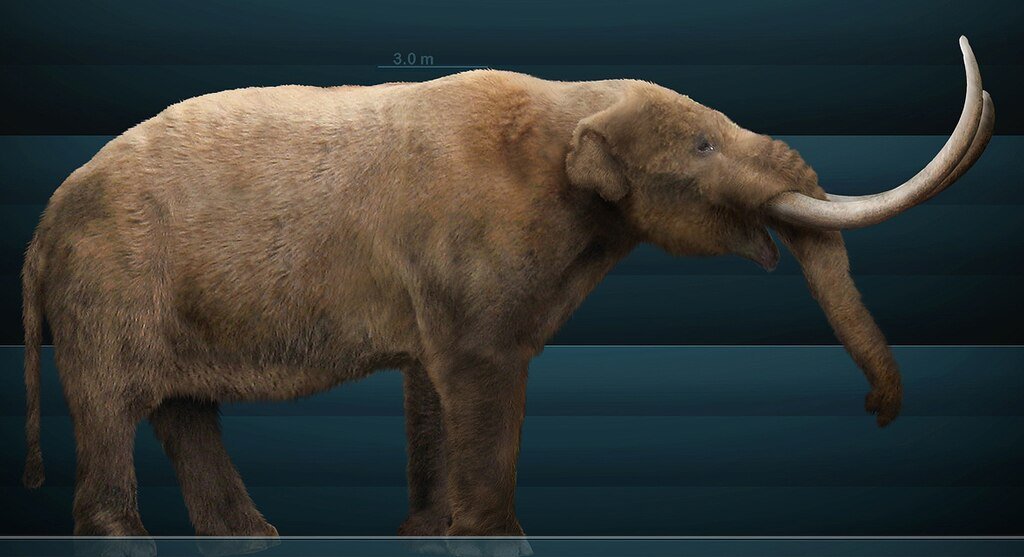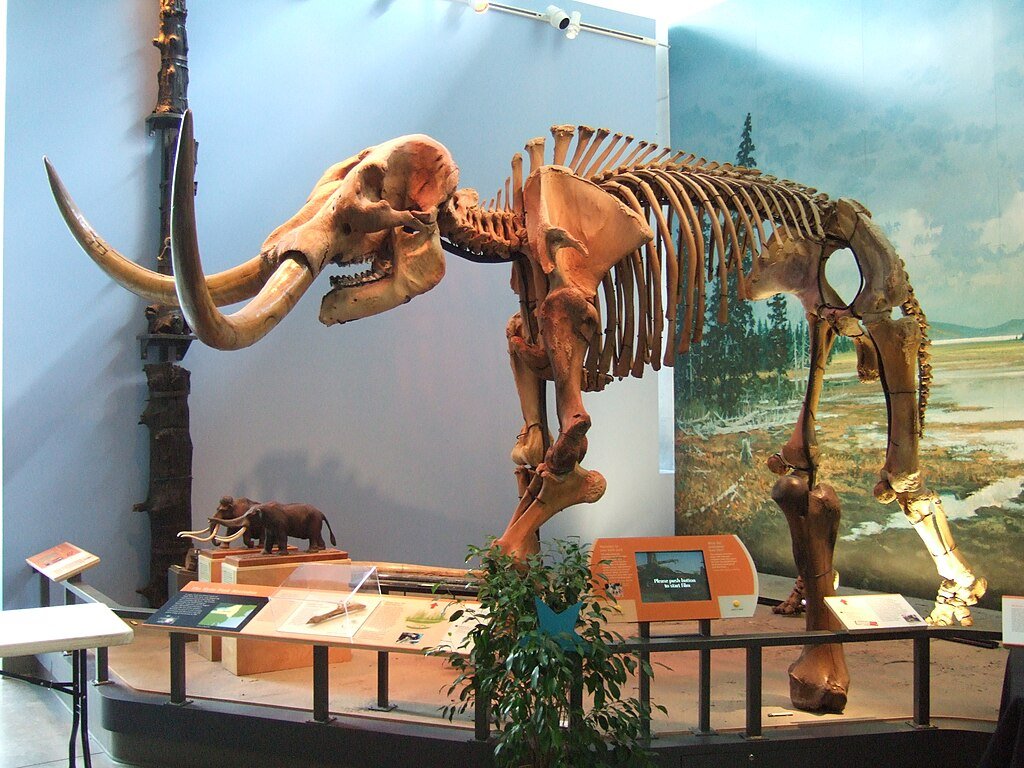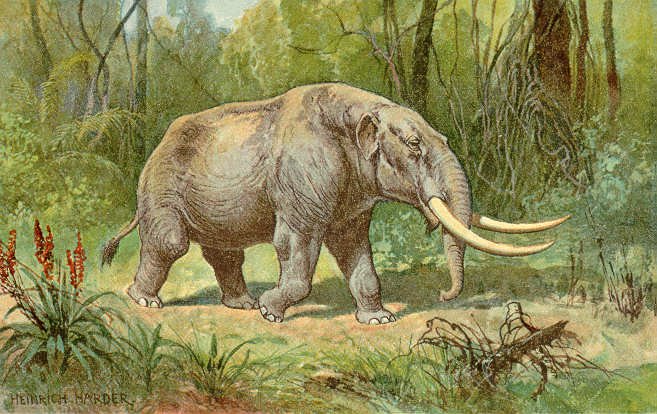The extinction of mastodons in South America approximately 10,000 years ago continues to affect native forests, as revealed in a groundbreaking study by the University of O’Higgins, Chile. For the first time, scientists have found direct fossil evidence that these extinct elephant relatives played a critical role in seed dispersal, maintaining the biodiversity of large-fruited plant species. Without them, certain trees struggle to survive, highlighting the long-lasting impact of species loss on ecosystems.
The Role of Mastodons in Seed Dispersal

Mastodons were essential seed dispersers for many tropical tree species, consuming large fleshy fruits and spreading seeds across vast distances. This process was crucial for forest regeneration, ensuring the continued growth of diverse plant populations. The study analyzed 96 fossilized teeth from Notiomastodon platensis, a South American Pleistocene mastodon, confirming a diet rich in fruit. These findings validate the neotropical anachronisms hypothesis, which proposes that many tropical plants evolved specifically to attract large herbivores to aid in seed dispersal.
Fossil Evidence Confirms Mastodon Diet
Using advanced methods such as isotopic analysis, microscopic dental wear studies, and fossil calculus examination, researchers uncovered starch residues and plant tissues typical of large-fruited trees like the Chilean palm. These discoveries confirm that mastodons played a vital role in shaping forest ecosystems. Fossils collected from across a 1,500-kilometer range, from Los Vilos to Chiloé Island, provide strong evidence of mastodons’ widespread presence and ecological influence.
The Long-Term Consequences of Mastodon Extinction
Following their extinction, many plant species that relied on mastodons for seed dispersal have struggled to reproduce efficiently. Without large herbivores to transport seeds across the landscape, some trees face declining populations and limited genetic diversity. To quantify this impact, researchers applied machine learning models, comparing the conservation status of megafauna-dependent plants across different South American regions. Their analysis revealed that many species are now critically endangered, with some experiencing significant range reductions.
Conservation Strategies and Reintroducing Large Herbivores

To mitigate the lasting effects of mastodon extinction, conservationists are exploring potential solutions, including the reintroduction of modern large herbivores such as tapirs. These animals could serve as ecological substitutes, assisting in seed dispersal for species that once depended on mastodons. Additionally, restoring degraded forest habitats and increasing biodiversity protection efforts may help affected trees recover. Future studies will focus on identifying more extinct species that played crucial roles in seed dispersal and developing conservation models tailored to specific forest ecosystems.
Conclusion

The disappearance of mastodons in South America has had an enduring ecological impact, altering seed dispersal patterns and threatening the survival of certain native tree species. By continuing to study these connections, researchers hope to develop conservation strategies that restore balance in affected forests. Understanding the complex relationships between extinct megafauna and modern ecosystems may offer valuable insights into preserving biodiversity in a changing climate.
Source:




